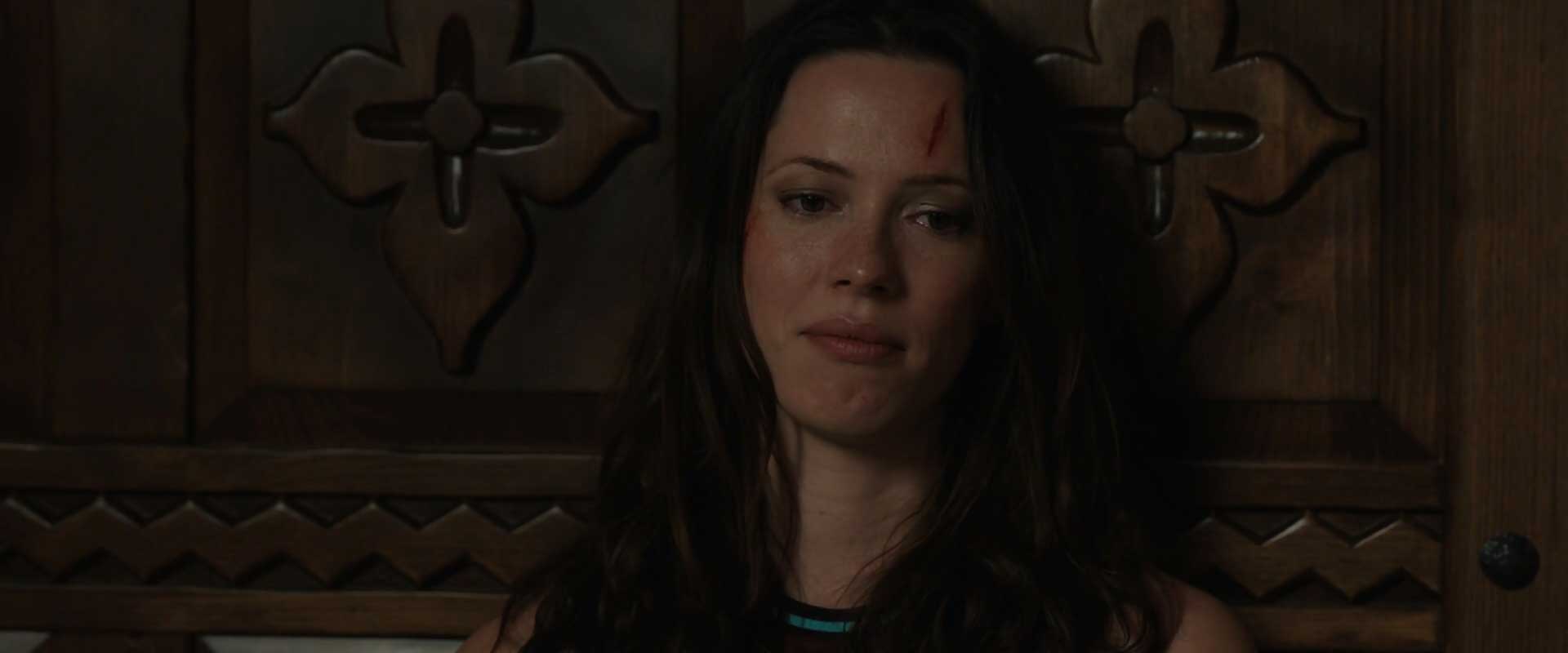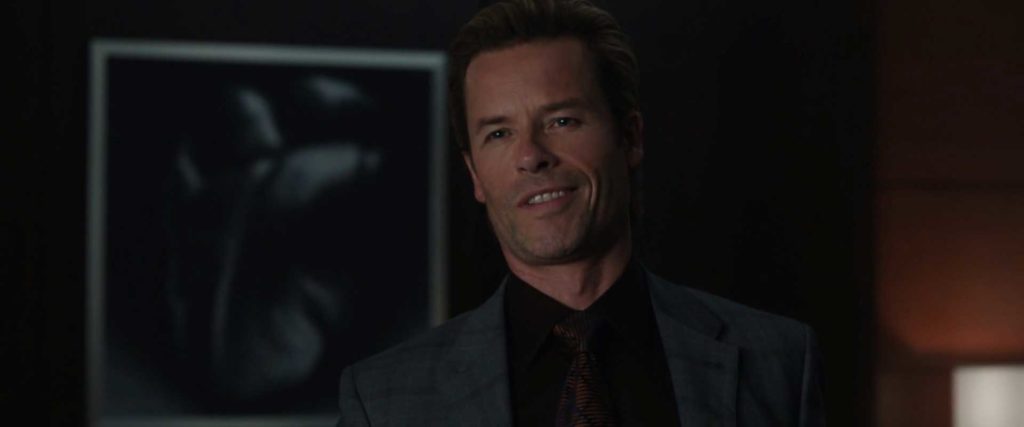With The Avengers out, the landscape of the Marvel Cinematic Universe had been altered dramatically. Glowing reviews along with the success of the formula that Marvel Studios President Kevin Feige was adamant on pursuing, as evident by the $1.5 billion in the bank meant the studio had exploded from being a promising studio to a competitive one. No longer would its future projects be viewed as independent, standalone movies but ones that always lead to something. In addition to their filmmaking prowess, MCU movies would also come to be judged by how successfully they dealt with the ramifications of the events gone by while introducing new conflicts of its own.
Nowhere was this more evident in Iron Man 3. The first MCU follow-up to The Avengers, Iron Man 3 became the first movie reminiscent of this changing world. Earth-199999, the designated code of the shared universe inhabited by these characters was now well-aware of the existence of superheroes, a fact that was also acknowledged during the concluding montage of interviewed citizens in The Avengers. But of course, just because these characters existed in the same world didn’t mean they could be called upon whenever needed. Budget, filmmaking logistics and scheduling issues meant the team-ups needed to be used sparingly, at least in the initial days to avoid the risk of sucking out the novelty from them. The challenge then was to not only make Iron Man 3 tie in to the larger universe by letting what Tony Stark went through in The Avengers inform some of his fears and thoughts, but also to try and keep it as standalone as possible.
Fortunately, Iron Man 3 handled both these issues deftly thanks to a change in the right director with Shane Black and a watertight script by Drew Pearce that moved the plot briskly, setting it over the period of a few days, and handicapping Tony in ways that rendered him simply unable to summon his superhero teammates. And while not all elements of the movie worked as well as they should’ve, it remains for the most part a highly entertaining flick that reveals layers upon layers of information with every subsequent rewatch. In doing so, Iron Man 3 became the first (successful) MCU movie to follow the team-up crescendo that the films peaked with in The Avengers and also the first to kickstart a new line of films that would be grouped under phases and collectively referred to as Phase Two.
One of the prime, fundamental reasons why I feel Iron Man 3 works for what it’s worth is the dense plotting and some attempt at characterizing and bogging down Tony Stark with real-world challenges in the wake of the Chitauri invasion. You’d think that things would go back to normal once Stark drove a nuke into space. In stark contrast, this forms the basis of Stark’s Post-Traumatic Stress Disorder, triggered at multiple points in the movie upon mention of those incidents. The PTSD masquerading as an anxiety attack paralyses him and renders him incapable of thinking straight which, for someone as cocky, self-assured and egotistical bordering on over-confidence is a welcome evolution of personality. So scarred is Stark by the experience that he prefers to surround himself in the coccoon of his Iron Man suit. The script then propels his PTSD and has him create dozens upon dozens of suits, channeling his apprehensions of always having an Iron Man armor to suit up to. As a consequence, we wind up at Mark 42, up from Mark 7 in The Avengers.

Pearce’s script also surrounds Stark with familiar and new characters that show a hint of personality themselves but are unable to breathe in the tight running time that the movie is bound by (on that thought, I wonder how much the original 3 hour+ cut of Iron Man 3 would’ve fleshed out the supporting cast). Director Shane Black still tries out new things with characters, giving Gwyneth Paltrow’s Pepper Potts a much meatier role that draws her into fight sequences and burdening Happy Hogan with additional responsibilities as he’s made (fore)head of security. Black also successfully brings new faces to the fold in a plot that’s largely inspired by the highly acclaimed Extremis saga of Iron Man comics. Rebecca Hall plays a practical scientist, one who’s seemingly surrendered and resigned to her inevitable fate as a spoke in the wheel being spun by other players that include Guy Pearce’s Aldrich Killian and Ben Kingsley’s Trevor Slattery. Together, they bring to life a gut-punching twist on one of Iron Man’s most classic and iconic villains: The Mandarin.
It’s this twist that has a lot of people divided over the movie and, if that’s even a characteristic, it would be the first time the MCU would attempt to pull such a big twist. I won’t really say it became a staple of future films but by pulling it off, Iron Man 3 entered uncharted territory as an MCU film. Put aside the fact that the Mandarin as the comic book nemesis that he was introduced in the 1960s though and you’ll see that the twist works well in the context of the film. By implanting his own scion in the White House Oval Office in a chief position as well as controlling the image of the infamous terrorist, twisting and using his notoriously well-known name to cover up for his own “experiments” and “misfires”, Killian rightly owns the war on terror, a resonable motivation for a shrewd businessman who was once left hanging high and dry by Stark decades ago. It’s a motivation that does border on megalomaniacal but also works given what we know about these characters and the world at large, and also because of the thorough narrative structuring that always ensures one thing leads to another with sequences following each other rather than popping out of knowhere.
Technically, Iron Man 3 earned the honor of becoming the first three-quel in the Marvel Cinematic Universe, with Iron Man consequently becoming the first character to complete his trilogy (not counting The Avengers), five years after he was introduced. The success of The Avengers gave the filmmakers a significant upgrade in budget and it reflected in the large-scale action sequences. Three set pieces stand out. The first of these, promoted prominently in the trailers, shows Stark’s Malibu mansion hit by missiles and crumbling and collapsing into to the seas. Not only is it impeccably executed, it also gives Pepper a chance to suit up and toss aside the damsel-in-distress trope for once. Shot impressively on a giant soundstage with the mansion built atop a gimball, the sequence refrains from overstaying its welcome and is over before we realize it.
The next is an aerial dance where Iron Man needs to rescue 13 people when he can carry only four, resulting in a barrel of monkeys formation as people are in free-fall from over 18,000 feet. Again, a lot of it was shot practically with the Red Bull skydiving team as opposed to green screen and you can consequently feel the energy in the sequence; it was a delight to view in theaters. Like the previous set piece though, it breezes through quicker than we realize it. Finally, the climactic showdown involves all of Iron Man’s suits and we get to see lots of them in action (Igor, Hammerhead) though it meant the VFX team had to create a digital model of every suit, a feat considering how late Iron Man 3 started production. Effects are present in countless other shots as well, ones that you wouldn’t even realize (Stark walking over his destroyed mansion towards the end is not Robert Downey Jr. but a CGI Stark). Together the movie is aided with some really strong editing and the cinematography is competent, if not mighty impressive.

With Iron Man 3, Marvel brought in Brian Tyler to score the music and would also begin their efforts towards making their “cinematic universe” share a sense of similarity in themes, tones and color-grading. Tyler’s score has been one that’s taken me a while to like; initially downplaying its importance, I’ve come to appreciate it since a lot for the orchestral theme he introduced for Iron Man as well as some soft bits of music when characters interact, whether its Pepper-Tony or Pepper-Maya. And the Mandarin’s theme and Killian’s theme are both evil, menacing and yet have a hint of tragedy to them. Overall, a fine orchestral track that bounced off between euphoric, melancholy and menace in different bits.
While unrelated to the movie, Iron Man 3 does continue the tradition of supplying glorious One-Shots with its Blu-Ray release. Given its content, it’s a lot more relevant to Captain America: The First Avenger. Titled Agent Carter, the short film sees Hayley Atwell’s Peggy Carter after the events of that movie as she fights sexism at her workplace by undertaking a mission against orders. It’s a lot more exciting than I make it sound and it shows Peggy Carter in a very strong light, on the cusp of heading the S. S. R. initiative that would eventually morph into the in-universe S.H.I.E.L.D.. It’s well-directed, packed by strong production values that almost make it feel like an extended scene from The First Avenger itself. It’s definitely one of the sweeter bits of the movie’s home-media release.
Iron Man 3 maintained bits of the older movies that worked, while introducing newer bits to keep the franchise organically growing. The improvisational nature to the character interactions is still present and lends the movie a naturalistic feel, something that fellow movies lack. It also reflects in the performances as you can sense they’re all in their element, having a good time. It adds to Iron Man’s mythos and leaves the character at a stage that could have actually served as a fitting conclusion for Stark’s journey.
All of that of course, worked to phenomenal success. Iron Man 3 became the highest grossing MCU movie outside The Avengers, an achievement that wouldn’t be topped for a long, long time. With $1.2 billion, $409 million of it coming from North America, it made a sizeable profit and helped Marvel capitalize on its shared universe concept as it would start rubbing off into other movies. And to keep things light, the movie ends with a post-credits scene that for once, doesn’t tease any future plot development besides the growing friendship between Tony Stark and Bruce Banner. I’m also amazed at how fitting it is to the movie’s central narrative.
Science Bros for life.
In this Appocalypse weekly series titled The Road to Avengers: Endgame, we take a look at all the Marvel Cinematic Universe movies leading up to the release of Avengers: Endgame with a specific focus on the importance of the movies in the MCU pantheon. These pieces may be laden with spoilers so read carefully.





